
슬픈 배경음악으로 강렬한 순간을 만들어보세요
음악은 생각보다 훨씬 더 장면의 감정에 깊이 관여할 수 있습니다. 영화 제작에 있어 음악은 작품의 성패를 좌우하는 필수적인 도구 중 하나입니다. 음악과 화면 속 상황 사이에서 적절한 균형을 찾는 것이 시청자의 몰입을 유지하는 데 중요합니다.
음악이 장면을 압도하거나 영상이 음악과 조화를 이루지 못하면 장면이 재미없어질 수 있습니다. 영상과 사운드의 조화가 부족하면 관객의 몰입도가 떨어질 수 있습니다.
강렬한 화면 속 순간을 연출할 때는 시청자가 보는 것과 듣는 것 사이의 균형을 맞추는 것이 중요합니다. 적절한 배경 음악은 화면 속 상황을 보완하면서도 방해를 주지 않아야 합니다.
오늘은 아티스트들이 로열티 프리 슬픈 음악을 사용하여 어떻게 매력적인 장면을 만들어내는지 알아보고자 합니다.
음악 라이선스 비용이 엄청날 필요는 없습니다. 따라서 다음 작품을 위해 로열티 프리 슬픈 배경 음악을 찾을 수 있는 곳도 알아보겠습니다.

프로젝트에 가장 적합한 슬픈 스톡 음악 선택
다큐멘터리, 단편 영화, 행사 요약 등 영상 프로젝트에 사용할 음악을 선택할 때는 신중하게 선택해야 합니다. 가장 먼저 고려해야 할 점은 프로젝트에 어떤 악기를 사용할지입니다. 특정 악기는 특정 음악 장르에 더 적합하기 때문입니다.
윌리 넬슨이 말했듯이,
"번조로는 슬픈 노래를 연주할 수 없어요."
오하이오 주립대학교 음악 전문가들이 최근 진행한 연구에서 연구진은 음악가들에게 슬픈 음악을 만드는 데 가장 적합하다고 생각하는 악기를 골라달라고 요청했습니다. 연구에 포함된 44가지 서양 악기 중 대다수의 음악가들은 피아노, 바이올린, 첼로, 비올라, 그리고 사람의 목소리가 슬픈 음악을 만드는 데 가장 효과적이라고 생각했습니다.
연구 후 추측에 따르면 특정 악기는 작은 간격으로 어두운 음색을 지닌 저음의 소리를 낼 수 있는 능력을 가지고 있는데, 이는 모든 악기에서 발견되지 않는 독특한 특성의 집합체입니다.
물론 연구자들은 템포, 에너지, 시각적 맥락을 포함한 추가적인 변수도 고려해야 한다고 생각했습니다.
프로젝트에 적합한 슬픈 음악을 선택할 때, 해당 악기를 사용하는 노래를 찾는 것이 가장 좋습니다. 프로젝트에 큰 영향을 미칠 수 있기 때문입니다.
구성에서 시각적 맥락의 중요성
시청자는 화면에서 일어나는 일을 처리하고 해석하기 위해 시각적 단서를 찾습니다. 배경음악은 마치 접착제처럼 각 장면을 연결하는 연속성을 만들어내 감정을 고조시키고 장면의 힘을 강화합니다.
시청자는 장면에서 보는 내용에 따라 배경 음악에 감정적으로 반응합니다.
인기 시리즈 Stranger Things의 한 장면을 예로 들어 보겠습니다.
일레븐이 호퍼의 편지를 여는 순간, 부드러운 배경 음악이 화면 속으로 스며든다. 그녀가 편지를 읽는 동안, 관객은 과거, 현재, 그리고 미래의 장면을 마주하게 된다. 이 모든 장면들은 시각적으로는 분리되어 있지만, 끊임없이 이어지는 배경 음악은 주제적으로 이들을 연결하여 감정적인 충격을 조성한다.
이를 통해 관객은 각 등장인물이 슬픔, 두려움, 슬픔과 같은 감정을 어떻게 받아들이는지에 대한 통찰력을 얻게 됩니다. 이 장면의 진정한 매력은 음악이 조용히 시작해서 장면이 진행될수록 감정의 폭발로 고조된다는 것입니다.
템포를 활용하여 올바른 에너지 생성
슬프거나 감정적인 느낌을 주는 음악을 만든다면 느린 템포를 고수하는 것이 좋습니다. 음악에서 템포를 결정하는 가장 좋은 기준 중 하나는 사람의 심박수입니다. 심박수와 템포는 모두 분당 박동수(BPM)로 측정되기 때문입니다.
누워 있거나 앉아서 TV를 볼 때 안정 시 심박수는 약 60BPM입니다. 슬픈 음악의 템포를 선택할 때는 안정 시 심박수의 템포와 감정적 에너지에 맞춰 50~80BPM 사이를 유지하는 것이 가장 좋습니다.
로열티 프리 슬픈 배경음악 라이선스 제공처
저작권이 있는 음악의 라이선스를 받는 데는 시간과 비용이 많이 들 수 있습니다. 프로젝트에 가장 잘 어울리는 슬픈 배경 음악을 제작하기 위해 음악가를 고용하는 데는 더 오랜 시간과 비용이 들 수 있습니다.
이러한 이유로 많은 콘텐츠 제작자들이 Mubert를 사용합니다. Mubert의 AI 플랫폼을 사용하면 장르, 분위기, 템포 등의 변수를 입력하여 프로젝트에 맞는 독특하고 고음질 음악을 제작할 수 있습니다.
로열티 프리 슬픈 피아노 음악이나 로열티 프리 슬픈 바이올린 음악이 필요하시다면, Mubert의 독특한 슬픈 노래 생성기를 사용하여 원하는 것을 찾으실 수 있습니다.

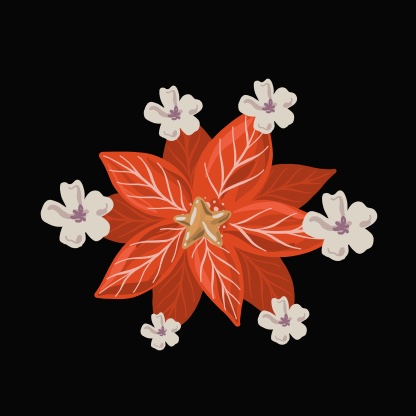 메리 크리스마스
메리 크리스마스 새해 복 많이 받으세요
새해 복 많이 받으세요 가을 분위기
가을 분위기 가을 분위기
가을 분위기 트위치 플로우
트위치 플로우 비디오용 음악
비디오용 음악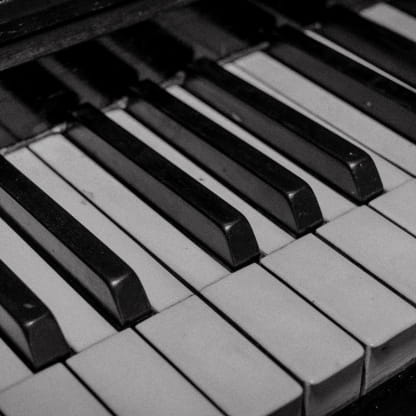 감성적인 악기 연주
감성적인 악기 연주 블로그를 위한 음악
블로그를 위한 음악 YouTube용 음악
YouTube용 음악 호텔 분위기
호텔 분위기 사무실 분위기
사무실 분위기 작업 흐름
작업 흐름 운동 트랙
운동 트랙 다큐멘터리를 위한 음악
다큐멘터리를 위한 음악 학습을 위한 사운드
학습을 위한 사운드 프레젠테이션을 위한 음악
프레젠테이션을 위한 음악 에스테틱 플로우
에스테틱 플로우 상업용 컷
상업용 컷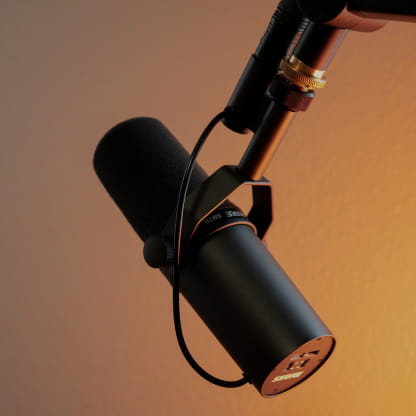 팟캐스트용 음악
팟캐스트용 음악 으스스한 분위기
으스스한 분위기 동기 부여 음악
동기 부여 음악 뷰티 브이로그
뷰티 브이로그 부드러운 음악
부드러운 음악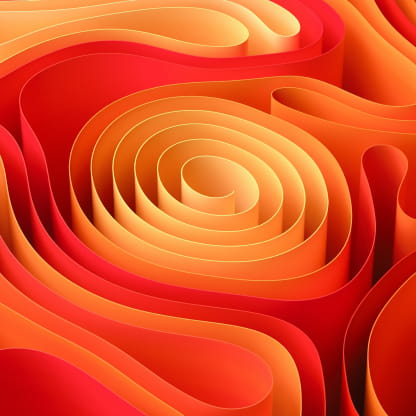 귀를 사로잡는 징글
귀를 사로잡는 징글 로파이 바이브
로파이 바이브 광고 음악
광고 음악 인기 트랙
인기 트랙 사랑은 공중에 있습니다
사랑은 공중에 있습니다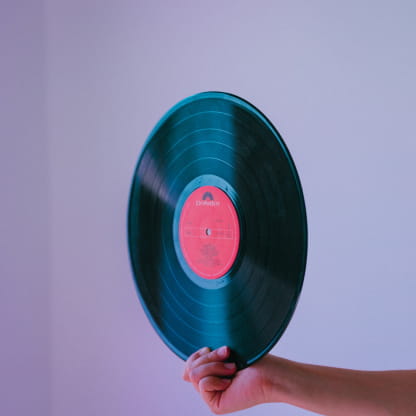 배경 음악
배경 음악 기분 좋은 곡들
기분 좋은 곡들 명상 음악
명상 음악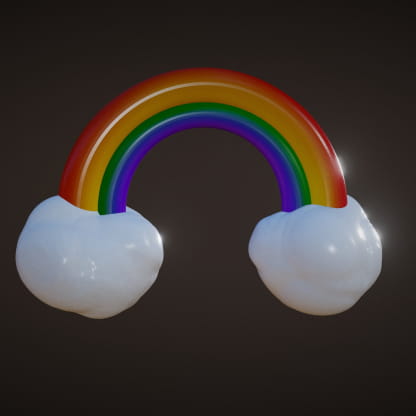 행복해지다
행복해지다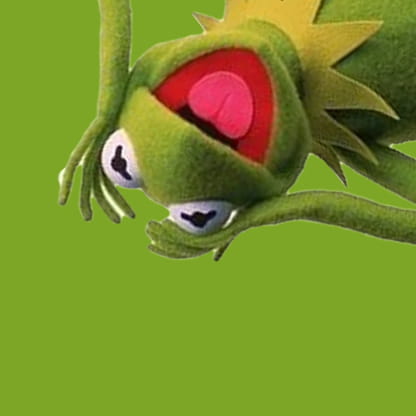 밈 공급
밈 공급 파워업!
파워업!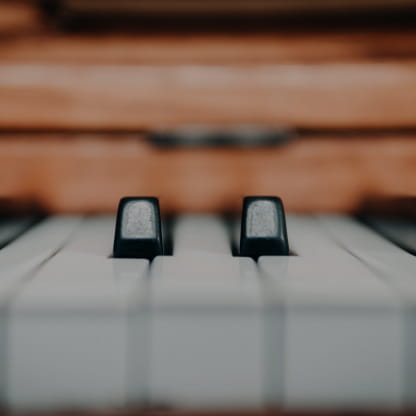 현대 클래식
현대 클래식 기업 영감
기업 영감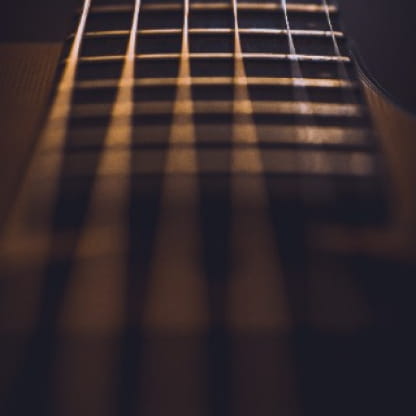 사려 깊은 기타
사려 깊은 기타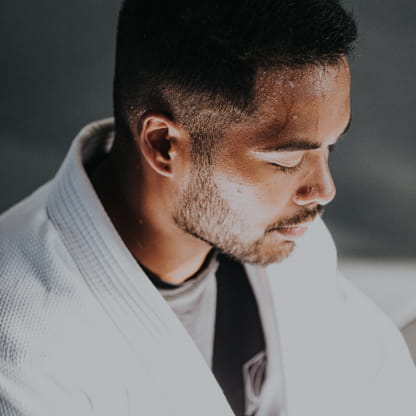 땀!
땀! 차분한 비트
차분한 비트 자르지 않은 보석
자르지 않은 보석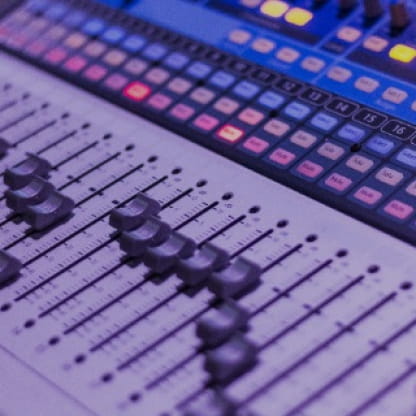 전기 액션
전기 액션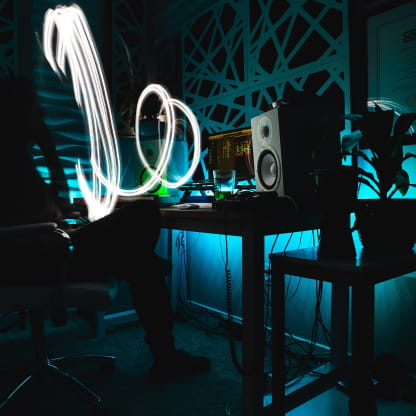 고양시키는 예술가들
고양시키는 예술가들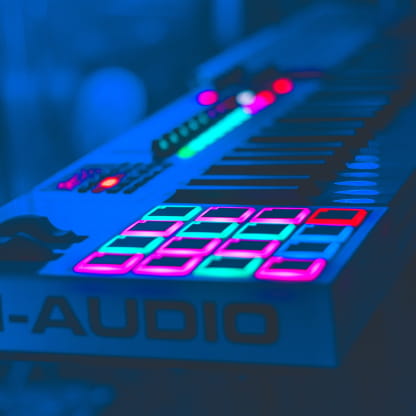 실험 예술가들
실험 예술가들 펑키 그루브
펑키 그루브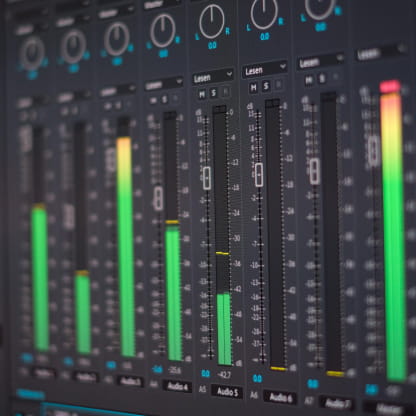 섞어보세요
섞어보세요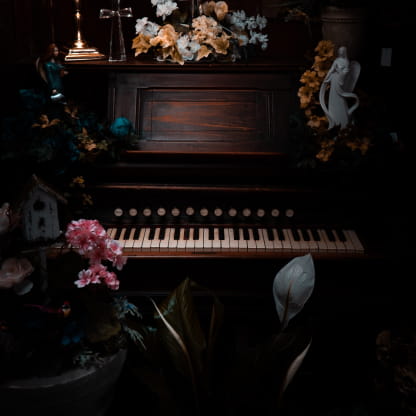 부드러운 피아노 웨이브
부드러운 피아노 웨이브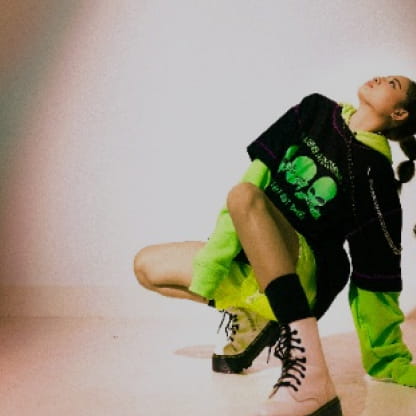 스트리트웨어
스트리트웨어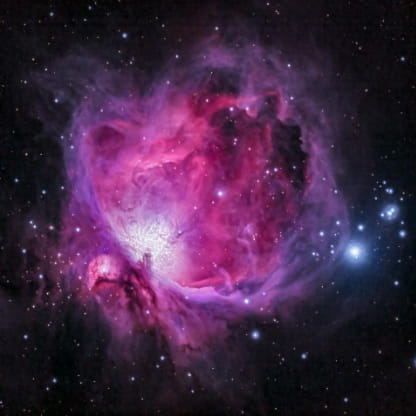 스페이스 보이저
스페이스 보이저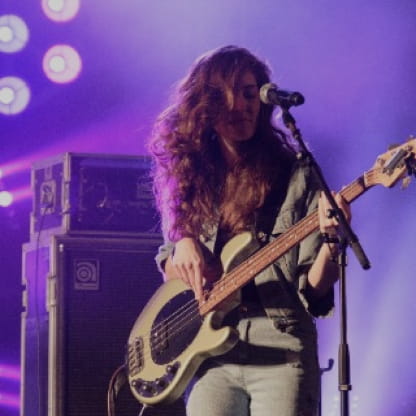 베이스를 높여라
베이스를 높여라 할리우드 에픽
할리우드 에픽 긍정적인 분위기
긍정적인 분위기 미니멀리즘 시크
미니멀리즘 시크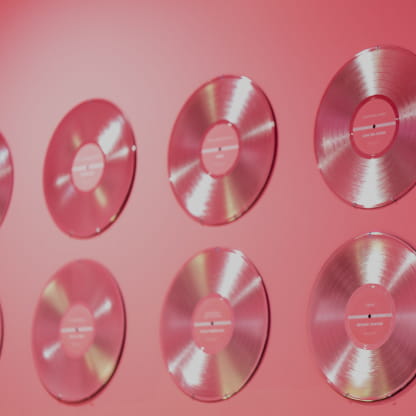 귀여운 파티
귀여운 파티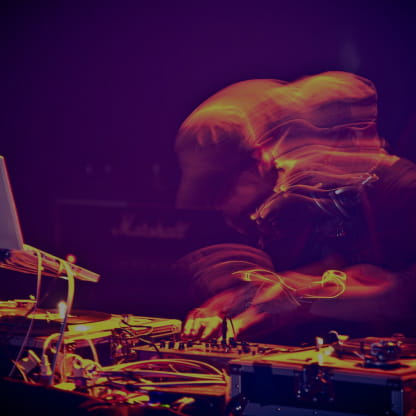 업비트 아티스트
업비트 아티스트 스마트로니카
스마트로니카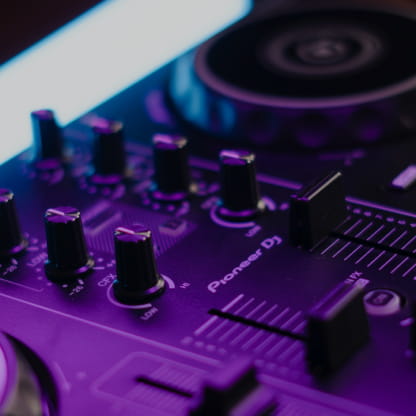 분위기 있는 비트
분위기 있는 비트 제품 사냥
제품 사냥 NFT 영감
NFT 영감 블랙 프라이데이 2025
블랙 프라이데이 2025 할로윈
할로윈 발렌타인 데이
발렌타인 데이